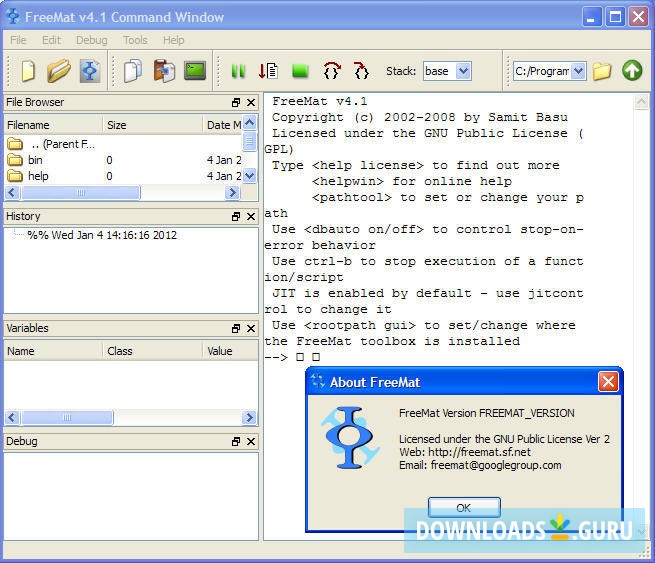

The program is named after Octave Levenspiel, a former professor of the principal author. Levenspiel is known for his ability to perform quick back-of-the-envelope calculations. In addition to use on desktops for personal scientific computing, Octave is used in academia and industry. Octave interpreter has an OpenGL-based graphics engine to create plots, graphs and charts and to save or print them.Octave is extensible using dynamically loadable modules.Octave uses an interpreter to execute the Octave scripting language.Octave is written in C++ using the C++ standard library.For example, Octave was used on a massive parallel computer at Pittsburgh supercomputing center to find vulnerabilities related to guessing social security numbers. Octave versions 3.8.0 and later include a Graphical User Interface (GUI) in addition to the traditional Command Line Interface (CLI).Alternatively, gnuplot can be used for the same purpose. The Octave language is an interpreted programming language. It is a structured programming language (similar to C) and supports many common C standard library functions, and also certain UNIX system calls and functions. However, it does not support passing arguments by reference.

Octave programs consist of a list of function calls or a script. The syntax is matrix-based and provides various functions for matrix operations. It supports various data structures and allows object-oriented programming. Its syntax is very similar to Matlab, and careful programming of a script will allow it to run on both Octave and Matlab.īecause Octave is made available under the GNU General Public License, it may be freely changed, copied and used.
#Freemat cli windows#
The program runs on Microsoft Windows and most Unix and Unix-like operating systems, including macOS.

Typing a TAB character on the command line causes Octave to attempt to complete variable, function, and file names (similar to Bash's tab completion). Octave uses the text before the cursor as the initial portion of the name to complete. When running interactively, Octave saves the commands typed in an internal buffer so that they can be recalled and edited. In this example, we see a structure "x" with elements "a", "b", and "c", (an integer, an array, and a string, respectively): Short-circuit boolean operators Octave includes a limited amount of support for organizing data in structures.


 0 kommentar(er)
0 kommentar(er)
